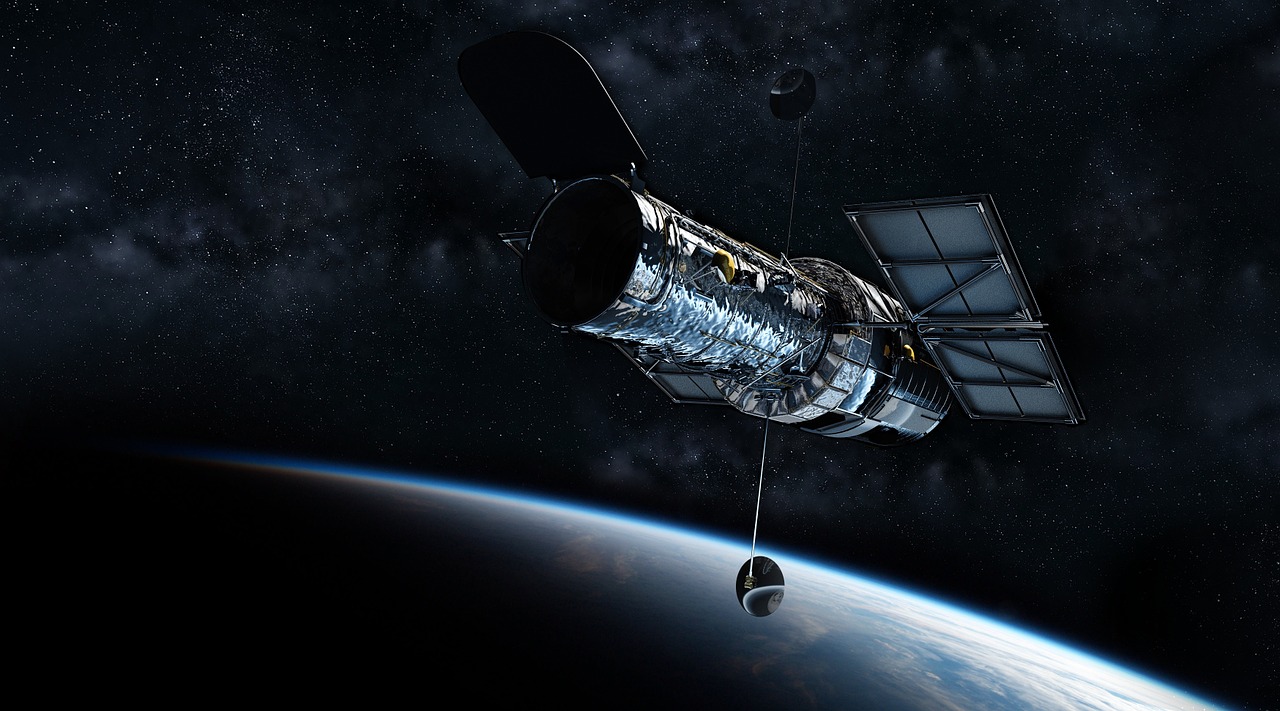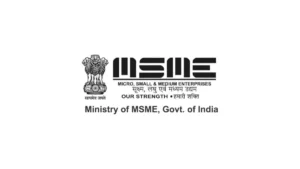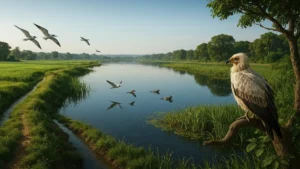The Bengaluru-based space-technology start-up Pixxel, has signed a pact with the Indian Space Research Organisation (ISRO) to launch its first remote-sensing satellite on Isro’s workhorse Polar Satellite Launch Vehicle (PSLV) rocket in early 2021. Earlier, the startup had planned to launch this satellite towards the end of 2020 and on a Russian Soyuz rocket.
Pixxel aims to put a constellation of 30 earth observation micro-satellites into a sun-synchronous orbit by mid-2023. The data through these satellites will help in various sectors, ranging from agriculture to urban monitoring, such as track on air and water pollution levels, forest biodiversity and health, coastal and marine health, and changes in the urban landscape.
About the agreement
- The agreement was signed between Pixxel with NewSpace India Limited (NSIL), a Government of India company under the Department of Space.
- This agreement with NSIL is the first-of-a-kind private earth-observation mission and one of the first since the setting up of IN-SPACe, the authorisation and regulatory body under the Department of Space (DoS) to enable private players undertaking space activities in India.
Important takeaways for all competitive exams
- ISRO Chairman: K.Sivan.
- ISRO Headquarters: Bengaluru, Karnataka.



 MSME Ministry Signs MoU with Amazon For ...
MSME Ministry Signs MoU with Amazon For ...
 Chhattisgarh Gets Its First Ramsar Site:...
Chhattisgarh Gets Its First Ramsar Site:...
 Insurance Amendment Bill 2025: Cabinet A...
Insurance Amendment Bill 2025: Cabinet A...







